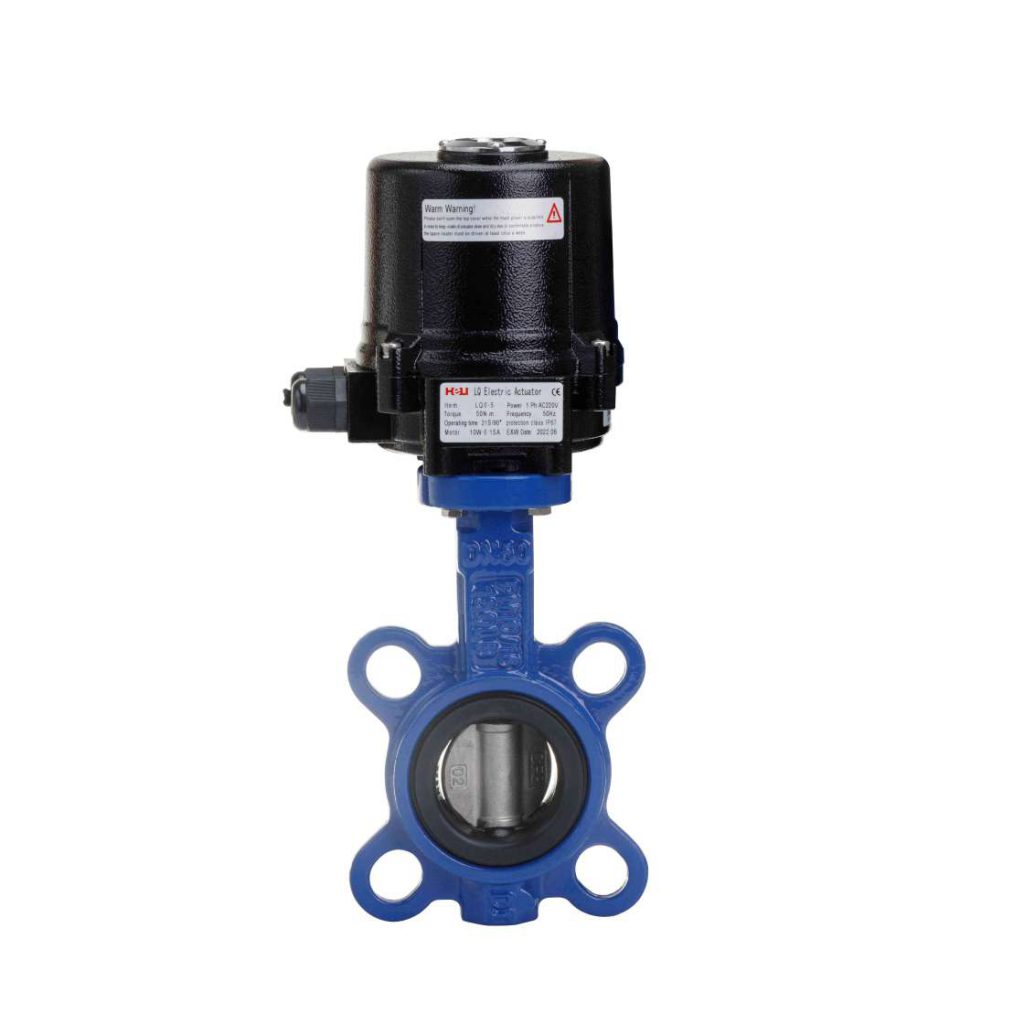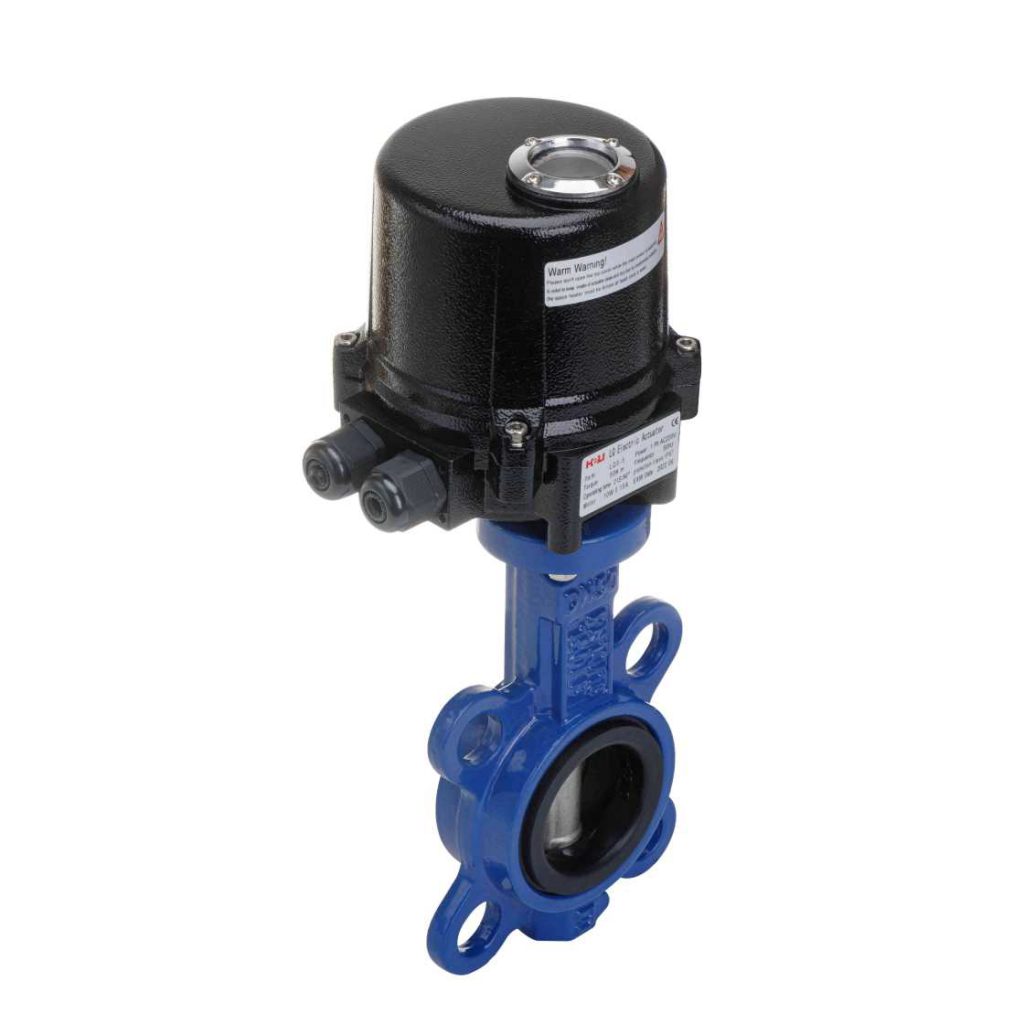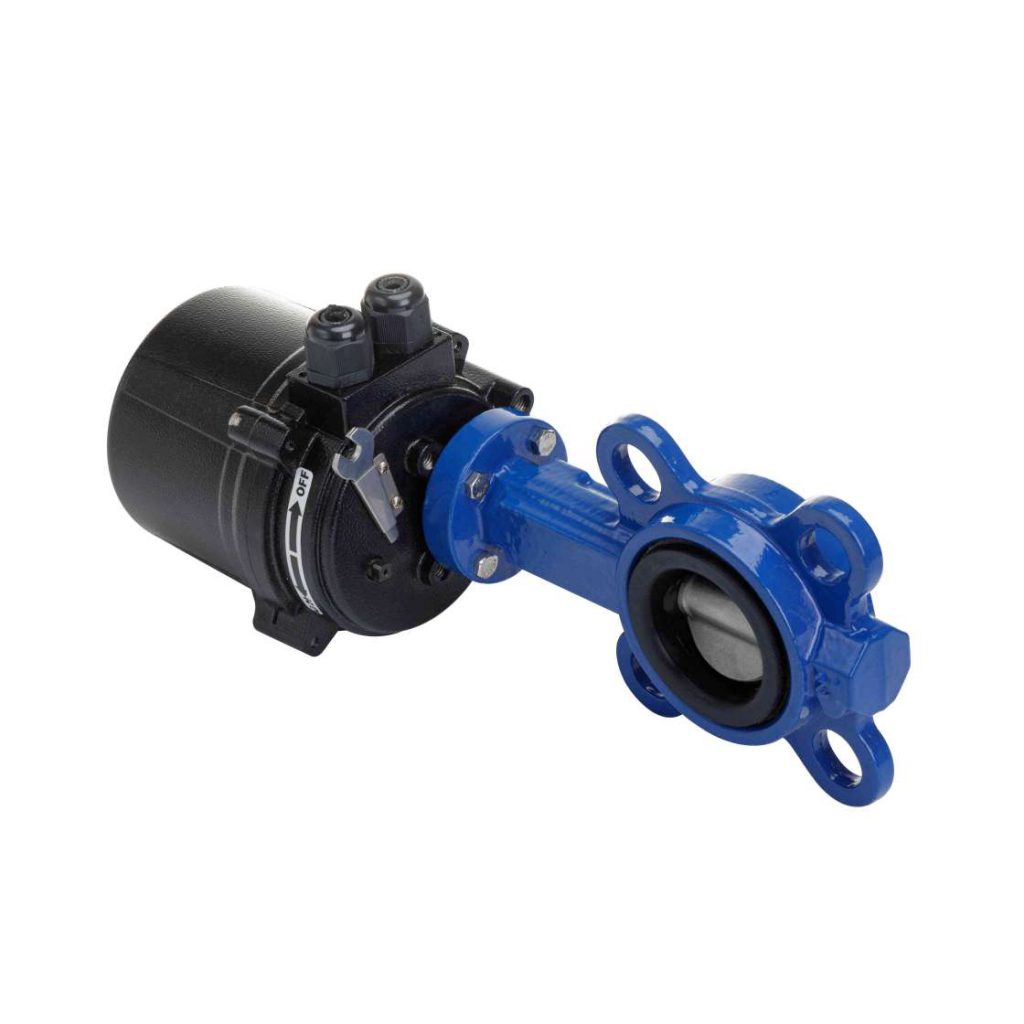Agricultural irrigation is an essential practice in modern farming, ensuring that crops receive the necessary amount of water to grow and thrive. As water management becomes increasingly critical in agricultural practices, the efficiency, precision, and control of irrigation systems are more important than ever. One of the key components that contribute to the smooth operation of these systems is the valve. Among the different types of valves used in irrigation, the WCB Electric Butterfly Valve stands out due to its excellent performance, durability, and suitability for controlling water flow in agricultural irrigation systems.

What is a WCB Electric Butterfly Valve?

The WCB Electric Butterfly Valve is a valve that uses a rotating disc to regulate or shut off the flow of water. It consists of a valve body, a rotating disc (or “butterfly”), and an electric actuator. The valve is typically constructed from WCB (White Cast Iron), which is known for its strong wear resistance and ability to withstand harsh operating conditions, making it an ideal material for use in agricultural irrigation systems. The electric actuator is what makes this valve stand out from manual or pneumatic butterfly valves. The actuator allows for precise control over the valve’s opening and closing, which can be done remotely or automatically. This adds a level of convenience and efficiency to irrigation systems, making it easier for farmers and operators to monitor and adjust the water flow as needed.

Leave a Reply